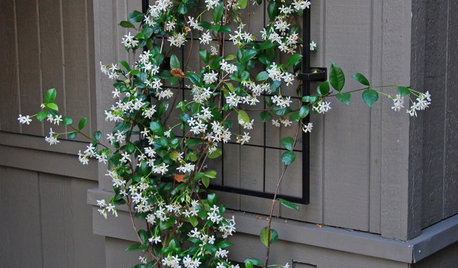Pinion Pine Seed Viability/Planting
scotjute Z8
15 years ago
Featured Answer
Sort by:Oldest
Comments (18)
pinetree30
15 years agoscotjute Z8
15 years agoRelated Professionals
Fitchburg Landscape Architects & Landscape Designers · Montgomeryville Landscape Architects & Landscape Designers · Southfield Landscape Architects & Landscape Designers · Brookside Landscape Contractors · El Sobrante Landscape Contractors · Galveston Landscape Contractors · Mastic Beach Landscape Contractors · Middletown Landscape Contractors · Midland Landscape Contractors · Plymouth Landscape Contractors · Red Oak Landscape Contractors · Chicago Ridge Landscape Contractors · North Hills Landscape Contractors · Gulf Gate Estates Tree Services · Cheshire Gardeners & Lawn Carepineresin
15 years agopinetree30
15 years agoplants77
15 years agoplants77
15 years agoutah_artist
14 years agokatskan41
14 years agosluice
14 years agonothotsuga
14 years agopinetree30
14 years agoutah_artist
14 years agomikes.gardens
14 years agoaquynus99_yahoo_com
13 years agoscotjute Z8
4 years agotsugajunkie z5 SE WI ♱
4 years agoHU-692410885
4 years ago
Related Stories

SUMMER GARDENINGHow to Grow Basil
Bright color, quick growth and endless uses for cooking make this summer annual a winner in the garden or a pot
Full Story
GARDENING GUIDESHow to Stop Worrying and Start Loving Clay Soil
Clay has many more benefits than you might imagine
Full Story
FEEL-GOOD HOMESimple Pleasures: Scent and Memory
Fragrant jasmine, fresh-brewed coffee, baking bread. Scents can evoke memories and bring sensory pleasure to our homes
Full Story









HU-692410885